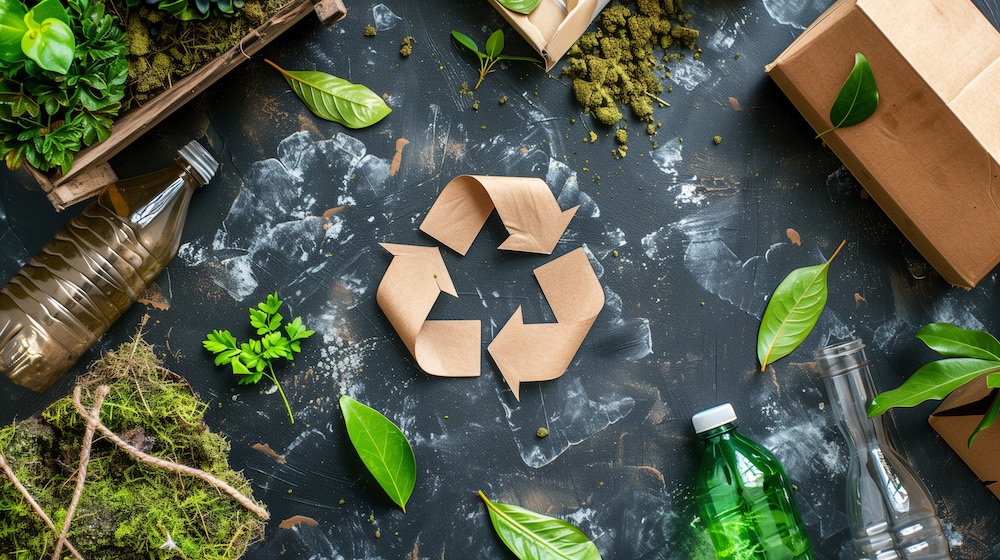NasaColumn

03/05/2025
What is compostable plastic?
- Eco Packing
- Packing Material
Have you heard the term “biodegradable”?
Recently, efforts toward environmental sustainability seem to be increasingly evident in various industries, as well as at the individual level. The issue of global warming started being addressed at world conferences in 1985. Through scientific evaluations, it has been pointed out that human activities are contributing to climate change. The Paris Agreement in 2015 (COP – United Nations Framework Convention on Climate Change Conference) set specific goals for reducing greenhouse gas emissions, and the SDGs (Sustainable Development Goals) were adopted at the United Nations Summit that same year. Among many concerns, one of the most prominent issues is the “microplastic problem.” In response to this, the concept of biodegradability has gained attention.
So, what exactly is biodegradation? It refers to a system where substances are broken down by microorganisms or other processes into inorganic materials such as water and carbon dioxide, returning naturally to the environment. The most familiar example of biodegradation might be composting. Materials derived from natural sources, like food waste or cotton, are highly biodegradable, whereas synthetic materials, such as petroleum-based plastics, take a long time to decompose and have a significant environmental impact. For instance, plastic bottles are known to take up to 450 years to decompose.
However, in today’s world, it may be harder to find packed items that aren’t made from plastic. In supermarkets, plastic is used extensively in food packaging and labeling (with the exception of farmer’s markets, perhaps). Packaging is essential to preserve food quality, but there’s a desire to minimize plastic use. In response, the development of “compostable plastics” is progressing. These plastics are designed to break down over a short period while maintaining the necessary packaging function, offering an environmentally conscious material for the packaging industry. However, there are various types of compostable plastics, and it’s crucial to understand their differences and use them appropriately for their intended purposes.
There are said to be two main categories of compostable materials: Industrial Compostable and Home Compostable. The difference lies in whether the material can decompose in typical household or natural environments. Industrial Compostable materials decompose only in specialized environments such as large composting facilities, requiring them to be collected and processed there. Well-known certification organizations for these materials include the U.S. PBI and the EU’s TUV’s OK Compost INDUSTRIAL. On the other hand, Home Compostable materials can break down in natural environments, including household composting. It is very difficult for commercial products to obtain this certification, and if granted, each product receives a unique certification number, subject to strict evaluation and oversight.
As you can see, even though the term “biodegradable” might seem simple, understanding the differences is crucial for making meaningful contributions to environmental efforts. As a provider of packaging materials, we’ve been developing environmentally conscious materials in recent years while recognizing the differences in biodegradability. A representative product in this regard is NeoSoilon® (Industrial Compostable), a non-GMO, PLA-derived filter that has become one of our flagship products, widely used by many. We have compiled a special feature about it on a separate page, so feel free to check it out! Moving forward, as a company involved in the packaging industry, we aim to continue offering environmentally friendly products and do everything we can in support of sustainability, so we appreciate your continued support.
